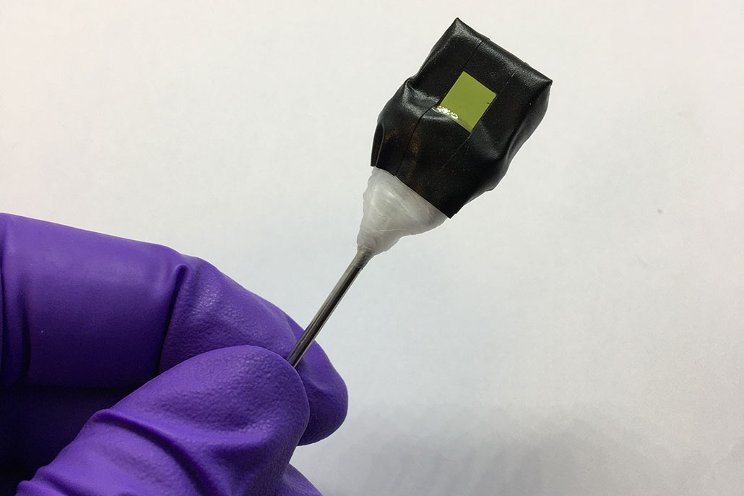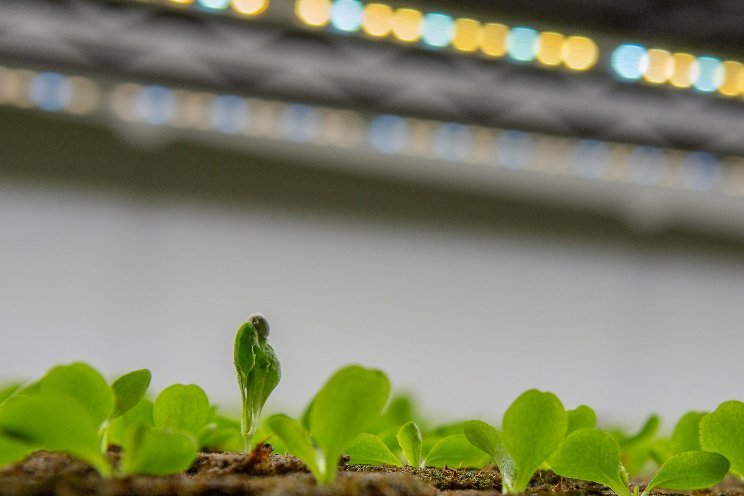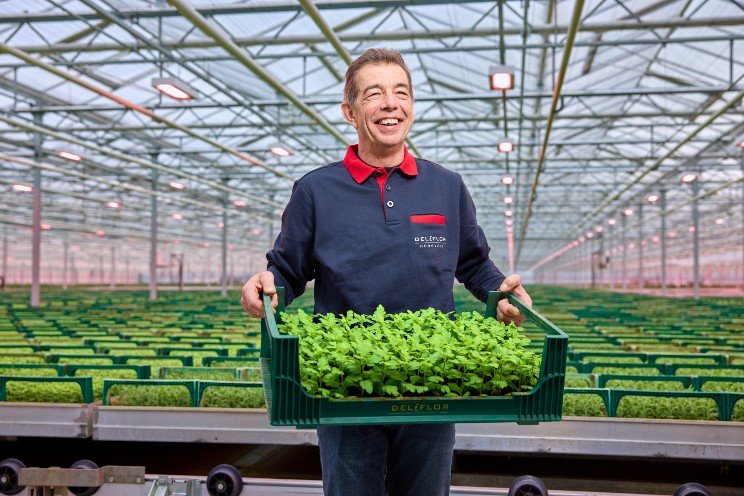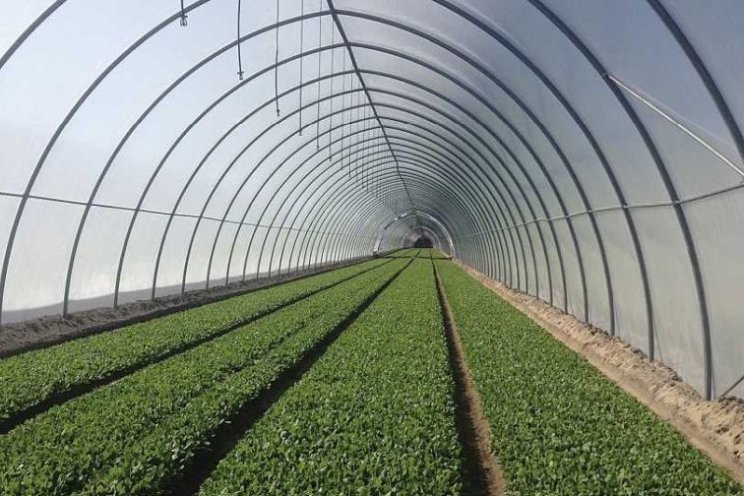High-tech solar ‘leaves’ create green fuels from the sun
Added on 14 August 2023

Green plants are amazing. Powered solely by the sun, they make their own food, or fuel. Researchers around the world have been striving to make fuels for human use in much the same way. A new device taps the power of sunlight to make a liquid fuel.
If it can be affordably scaled up, the device might help decarbonize societies around the world. That’s a needed step toward limiting climate change.
The leaves of most plants contain chlorophyll. In the presence of sunlight, this green pigment converts water and carbon dioxide (CO2) into sugars and oxygen.
A single protein in chlorophyll splits apart molecules of water, explains Yulia Pushkar. She’s a biophysicist at Purdue University in West Lafayette, Ind. “In artificial photosynthesis,” she says, “we try to mimic the function of [plant] proteins.”
Breaking the bonds that link water’s hydrogen and oxygen atoms releases energy. That’s what powers the rest of photosynthesis. The end result: sugars that fuel a plant’s growth. Researchers want to make Earth-friendly replacements for fossil fuels. These might power heating or engines, such as those in cars and airplanes.
Researchers at the University of Cambridge, in England, have found one way to do this. Their new “artificial leaf” makes alcohol fuels — ethanol and propanol — from CO2 and water.
And it does this “using sunlight as the only energy source,” says Motiar Rahaman. He led the new work. Burning those alcohols will release energy, water and oxygen, this scientist notes — but no planet-warming gases.
Turning over a new ‘leaf’
Many different materials can split water molecules. The Cambridge team’s new device uses minerals for the task.
Photo caption: This “artificial leaf” splits molecules of water to release energy when submerged in water enriched with carbon dioxide. That’s the first step in making a liquid fuel to power cars and other devices. Credit: MOTIAR RAHAMAN
More news















